In Part 1, we explained why sunlight doesn’t feel right when it’s faked.
In Part 2, we broke down the science, why no LED panel or StageCraft wall can reproduce the full-spectrum, high-intensity, parallel-beam behavior of the Sun.
Now, let’s look at what professionals actually do to cheat the physics and why the best VFX supervisors still insist on real-world references.
𝟭. 𝗠𝗶𝗻𝗶𝗮𝘁𝘂𝗿𝗲𝘀 𝗮𝗿𝗲 𝗯𝗮𝗰𝗸 - 𝗳𝗼𝗿 𝗹𝗶𝗴𝗵𝘁𝗶𝗻𝗴, 𝗻𝗼𝘁 𝗻𝗼𝘀𝘁𝗮𝗹𝗴𝗶𝗮
When Industrial Light & Magic couldn’t get the Razor Crest to look right in CG (The Mandalorian), they didn’t reach for a new renderer.
They built a miniature.
Why? Because light behaves correctly on physical models:
- You get natural occlusion
- You get authentic bounce
- You get specular detail that’s hard to fake digitally
The footage from the motion-controlled miniature shoot looked better than expected. So ILM rebuilt the CG version to match the miniature’s lighting behavior.
The same approach was used on Ahsoka, Skeleton Crew, and more.
Not to be nostalgic but because you can’t fake what the light is really doing.
𝟮. 𝗛𝗠𝗜𝘀 𝗮𝗿𝗲 𝘀𝘁𝗶𝗹𝗹 𝘁𝗵𝗲 𝗯𝗲𝘀𝘁 𝗳𝗮𝗸𝗲 𝘀𝘂𝗻
When you need to simulate real daylight, stage lights aren’t enough.
The go-to workaround? 18K HMIs.
These are high-powered discharge lamps that emit a far stronger, broader spectrum than LEDs. They don’t perfectly match the Sun but they get closer than any LED panel. You’ll often see:
- An HMI rigged high above to mimic solar direction
- Bounce cards and diffusion to shape contrast
- StageCraft walls used only for background imagery, not illumination
It’s still a cheat. But it respects the physics.
𝟯. 𝗚𝗼𝗼𝗱 𝗩𝗙𝗫 𝘀𝘂𝗽𝗲𝗿𝘃𝗶𝘀𝗼𝗿𝘀 𝗼𝗯𝘀𝗲𝘀𝘀 𝗼𝘃𝗲𝗿 𝗿𝗲𝗳𝗲𝗿𝗲𝗻𝗰𝗲𝘀
In real-world VFX, no one blindly trusts the volume.
The best supervisors:
- Bring spectral light meters to set
- Shoot real-world reference under sun and artificial light
- Compare real footage with pre-light renders
- Make decisions not from theory, but from how light actually behaves
They understand this core truth:
𝗦𝘂𝗻𝗹𝗶𝗴𝗵𝘁 𝗶𝘀𝗻’𝘁 𝗮𝗻 𝗮𝗿𝘁 𝗱𝗶𝗿𝗲𝗰𝘁𝗶𝗼𝗻 𝗰𝗵𝗼𝗶𝗰𝗲.
𝗜𝘁’𝘀 𝗮 𝗽𝗵𝘆𝘀𝗶𝗰𝘀 𝗽𝗿𝗼𝗯𝗹𝗲𝗺.
𝗧𝗵𝗲 𝗧𝗿𝘂𝘁𝗵 𝗦𝘁𝗶𝗹𝗹 𝗛𝗼𝗹𝗱𝘀
No matter how big your budget or how advanced your tools:
- If you’re lighting with pixels instead of photons
- If you’re guessing instead of referencing
- If you’re grading to fix a missing spectrum
...your shot will never truly feel like daylight.
You don’t need more software.
You need more sunlight.
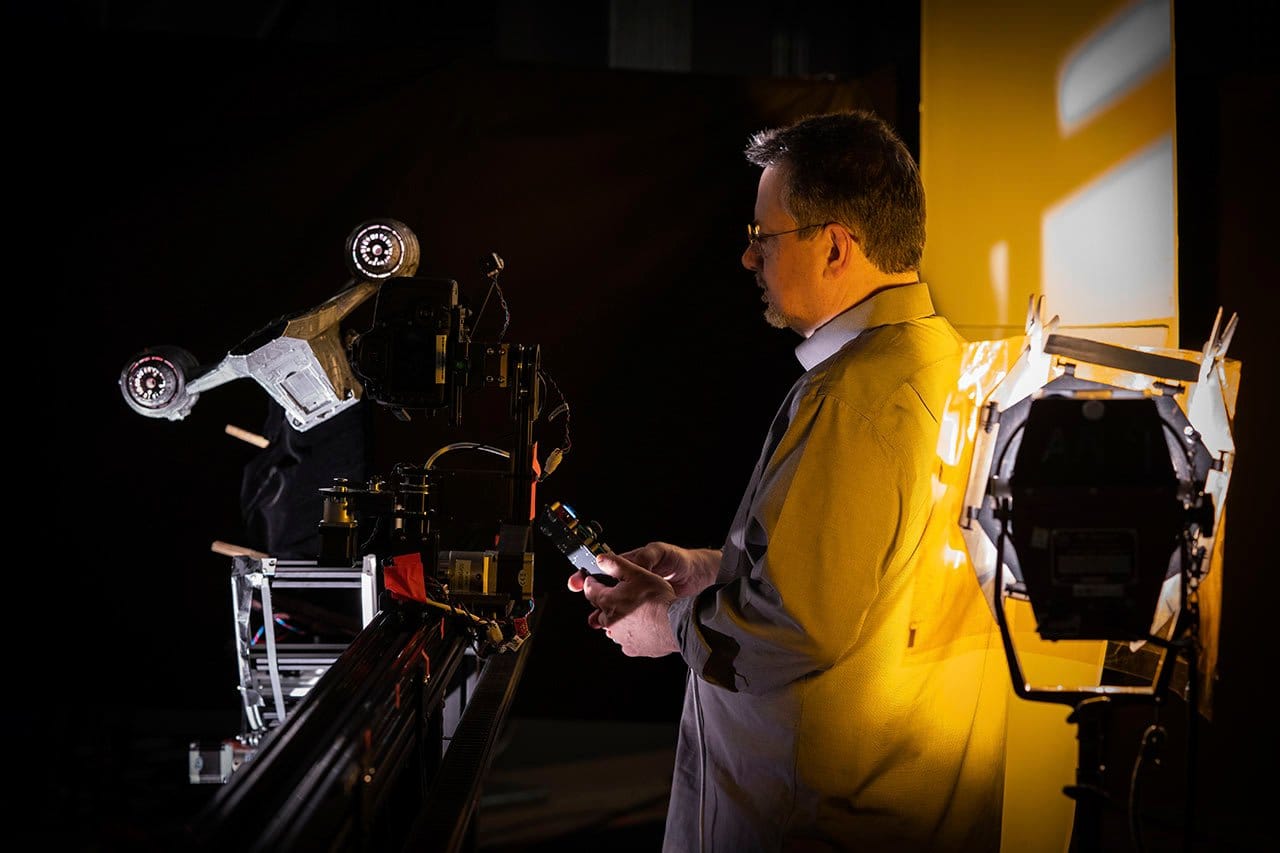
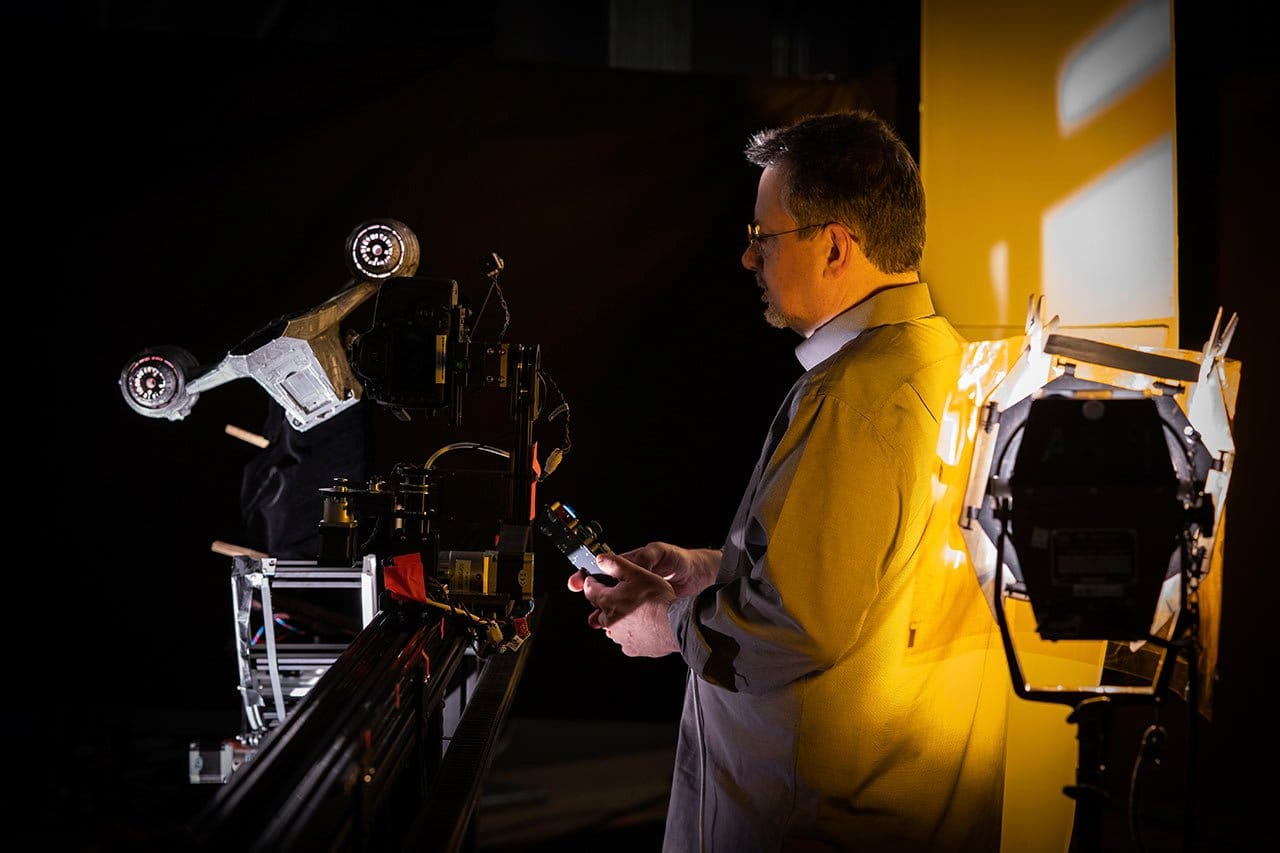

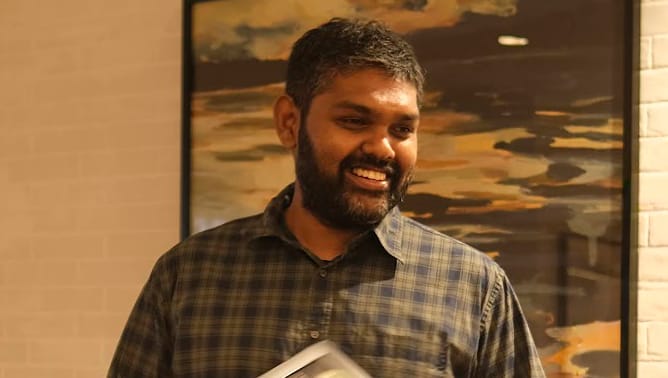

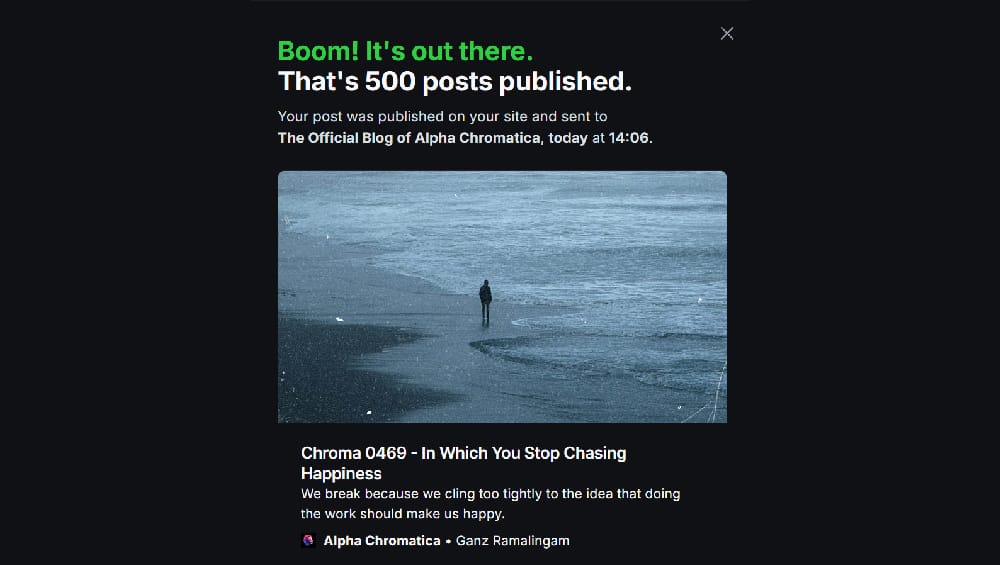

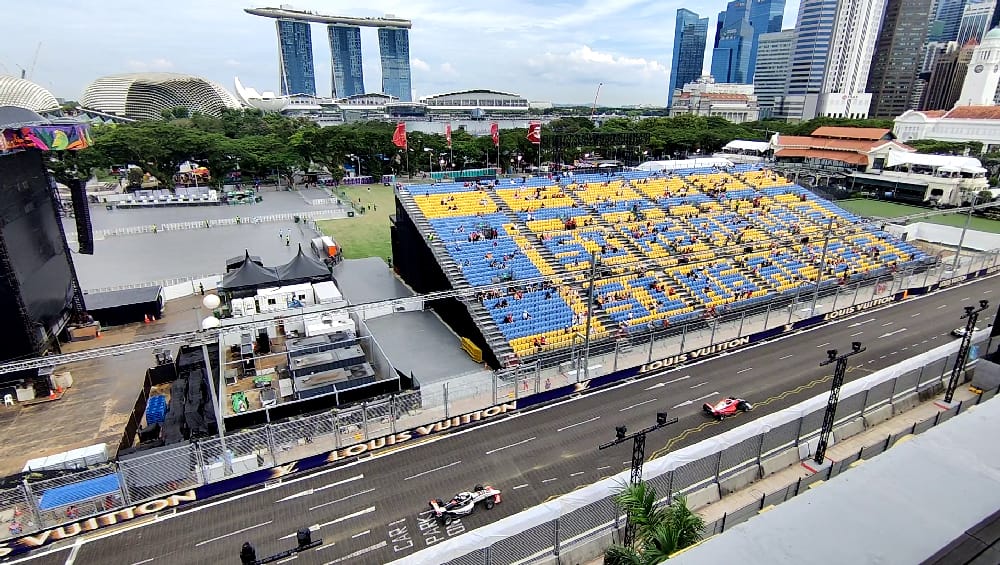


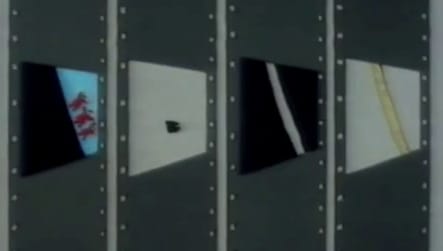

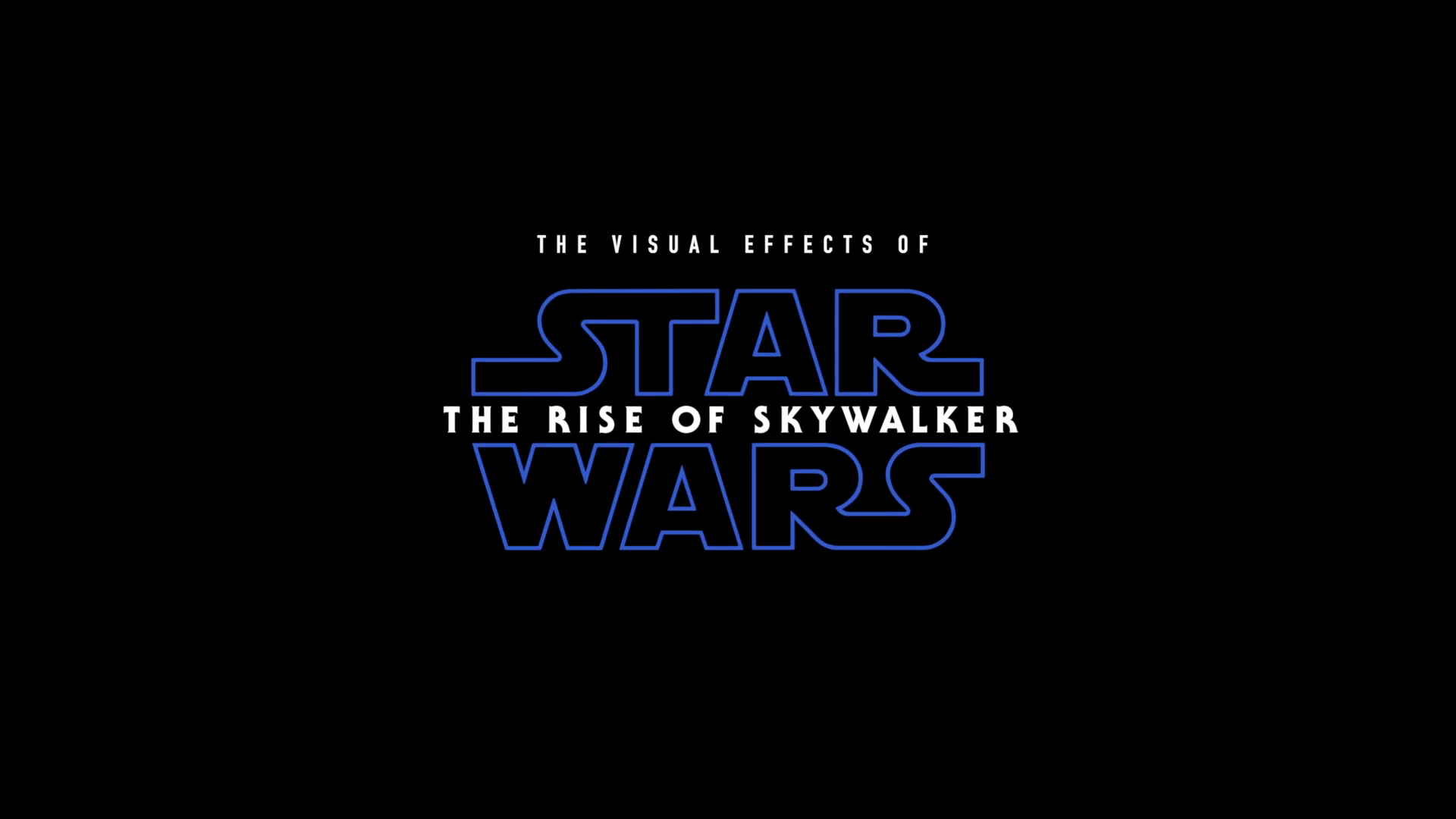
Discussion